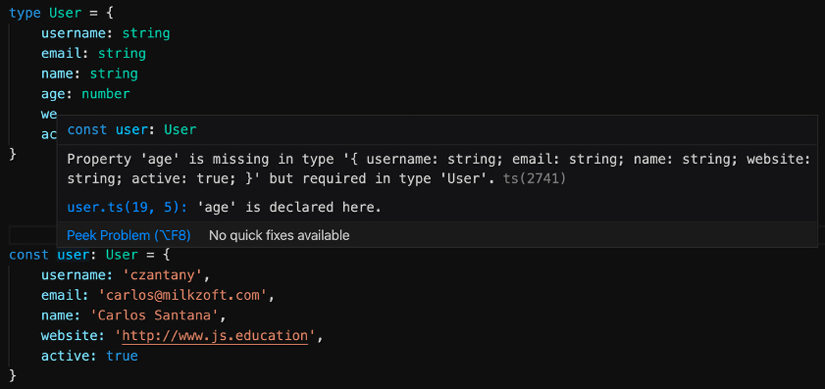Introducing TypeScript
This chapter assumes that you have prior experience with JavaScript and are interested in improving the quality of your code by learning TypeScript. TypeScript is a typed superset of JavaScript that compiles to JavaScript. In other words, TypeScript is essentially JavaScript with some additional features.
Designed by Anders Hejlsberg, the creator of C# at Microsoft, TypeScript is an open-source language that enhances the capabilities of JavaScript. By introducing static typing and other advanced features, TypeScript helps developers write more reliable and maintainable code.
In this chapter, we will explore the features of TypeScript and how to convert existing JavaScript code to TypeScript. By the end of this chapter, you will have a solid understanding of TypeScript’s benefits and how to leverage them to create more robust and scalable applications.
In this chapter, we will cover the following topics:
- TypeScript’s features
- Convert JavaScript code into TypeScript
- Types
- Interfaces
- Extending interfaces and types
- Implementing interfaces and types
- Merging interfaces
- Enums
- Namespaces
- Template literal types
- TypeScript configuration file





